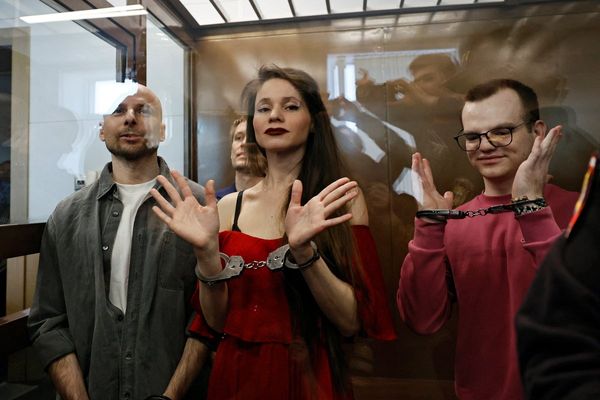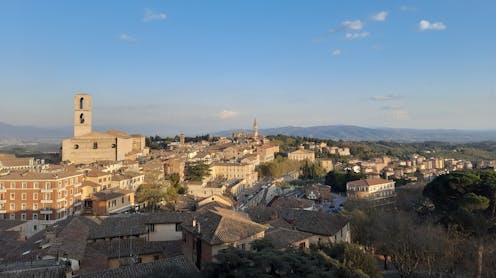
Last week, I travelled to the historic city of Perugia in Umbria, Italy. With clear blue skies, wisteria hanging over ancient Roman walls, plenty of gelato and beautiful vistas from the hilltop, the setting was pretty special. More inspiring though, were the people I spoke to during my visit. Perugia is the home of the annual international journalism festival, a meeting of media movers and shakers from all over the globe. These are my five biggest takeaways.
1. In-person connections are irreplaceable
Yes, I see the irony of flying to talk about climate journalism, but sometimes face-to-face connections, impromptu chats and dinner table discussions are just impossible to replicate on a video call. I caught up with journalists from my Oxford Climate Journalism Network cohort. Run by the Reuters Institute, this six-month programme is proving invaluable, not only for seminars from guest speakers at the top of their game, but for the collaborations that are developing within the network. Learning from my peers working in Austria, Brazil, Canada and way beyond has opened my eyes so much to the diversity of challenges we all face – and the creative possibilities.
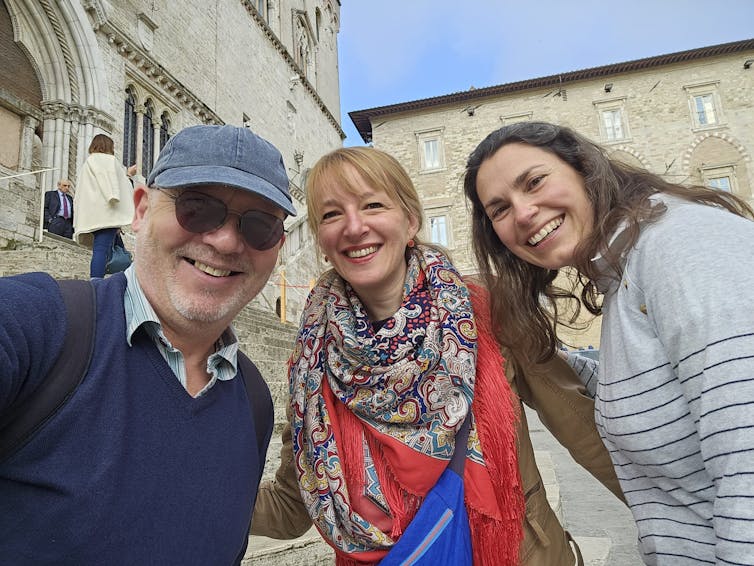
During my discussions with colleagues from my European media leaders climate solutions fellowship visiting from France, Italy and the Czech Republic, I listened to the lightbulb moments others have had and reflected on my own progress – internally, in terms of what leadership means to me and how I can effect meaningful change, plus externally, in terms of supporting my own team and encouraging more collaboration within this organisation.
By sharing joys and worries over a margarita pizza or scoop of nocciola (hazelnut icecream – my favourite), I was struck that authenticity is the most important attribute. All else follows and every single one of those real, honest and open in-person connections deepens my appreciation for that.
2. Environmental journalism is thriving
So many early career journalists approached me, keen to chat and wanting to know more about how to immerse themselves in this specialism. When I first started out as a biology graduate, I worked in wildlife TV production and magazine journalism. Back then, environment coverage tended to be an outlier, an afterthought at best. Climate journalists were few and far between; willing mentors were difficult to find.
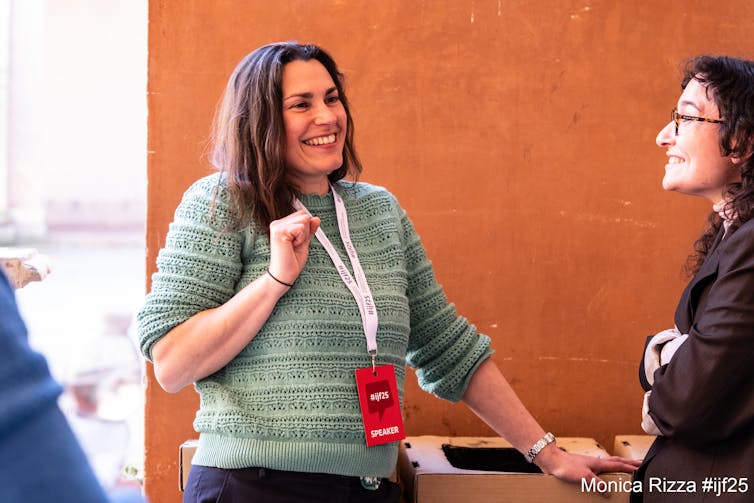
That landscape has shifted so much over the past 20 years and I’m proud that this part of our industry is growing, and becoming richer for it. Now, people want to cover climate stories in so many creative formats and that’s invigorating.
3. Science doesn’t have to stay in silos
With growing misinformation, (both inadvertent misinterpretation and deliberate miscommunication) online, combined with widespread disengagement from mainstream news sources, social media has a big role to play in how we engage with climate, or not.
I hosted an event with Adam Levy about how to make climate science shine on social media. With a PhD in atmospheric physics from the University of Oxford, Levy now works as a science journalist and broadcaster, while producing jargon-free videos that make complex climate issues relatable and succinct.

Climate communication is definitely not just about imparting facts. There’s space for nuance, even humour. We chatted about bridging the gap between science and storytelling, how to apply a rigorous journalistic approach to all forms of content and how integrity must be the top priority. That all builds precious trust and creates connection.
4. Time is ticking
The next UN climate summit (Cop30) is coming and we’re getting ready. One of my favourite sessions was a talk by Daniel Nardin, another solutions journalist member of the Oxford Climate Journalism Network. He lives in Belem, the Brazilian city that will be hosting Cop30 in November, where negotiators will continue to debate how best to tackle and adapt to climate change. But those strategies, frameworks and commitments can seem dry, dense and hard to digest.
Nardin’s publication, Amazonia Vox, platforms the voices of the people living in the Amazon, in forested, deforested and urban areas. He explained that the environmental, social and political issues in the Amazon are complex and full of nuance, which is why he makes local voices central to the narrative.
None of this is rocket science. But Nardin is proactively cracking on with it, because there isn’t time to wait.
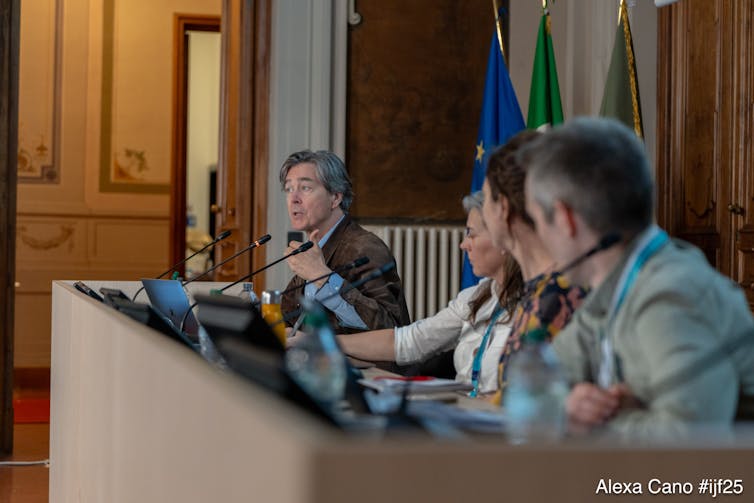
5. Newsroom culture is transforming
The Conversation is already highly respected. So many expert communicators, academics and readers told me how much they love what we do and what we stand for. Tackling misinformation in engaging ways is what we do best. Connecting you, our audience and community, with the most accurate and evidence-based knowledge is our purpose. We’re already bridging the gap between research and the real world. And so now is a great time to evolve and meet this new challenge.
Looking ahead, The Conversation can help shift the way climate stories can be told. The climate crisis has already gone way beyond being an environmental issue. It’s linked to all aspects of our lives, from health and education to business and democracy, as well as conflicts and culture. Newsrooms no longer have to function like they have done for decades. By using our journalistic curiousity, we can experiment and reinvent the norm.
At the New York Times, the climate team is physically in the centre of the office. At the French newswire Agence France-Presse, job titles such as “future of the planet, global editor” reflect big ambitions to integrate climate into everything. At CBC, the Canadian public broadcaster, the science and climate unit has made climate literacy training a top priority for all staff – not because it’s worthy, but because future proofing makes business sense.
As the executive director of Covering Climate Now, a media community based in the US, Mark Hertsgard said: “Every journalist in the 21st century will need to be a climate journalist.”
Now, my job is to turn Perugia’s inspiration into action. Watch this space.
Don’t have time to read about climate change as much as you’d like?
Get a weekly roundup in your inbox instead. Every Wednesday, The Conversation’s environment editor writes Imagine, a short email that goes a little deeper into just one climate issue. Join the 40,000+ readers who’ve subscribed so far.
This article was originally published on The Conversation. Read the original article.



